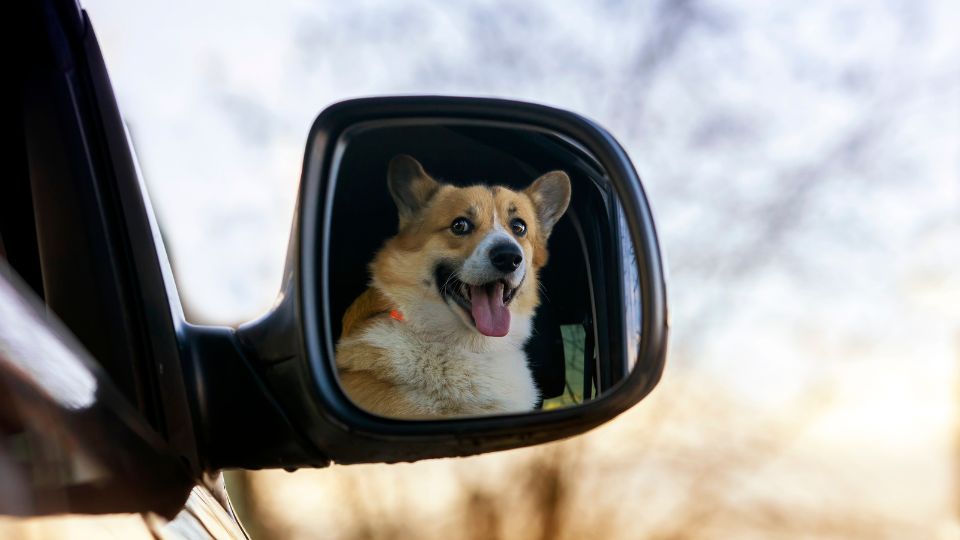2024: looking back but moving forward

After an eventful 2023 worldwide, pet businesses and experts in the field are now looking to the future – but with caution.
The changes in prices and consumer behavior patterns seen last year are expected to have an effect on at least the first half of 2024. Grain costs and regulatory developments in Europe are also very likely to have an impact over the next 11 months.
Rises and falls in pet sector inflation
The International Monetary Fund forecasted that 2023 would end with global annual inflation of 6.9%, down from 8.9% in 2022. For this year, its forecast is for inflation to reach 5.8%.
Price hikes have hit the pet category even more aggressively, especially in Europe. Eurostat’s Harmonised Index of Consumer Prices has reported 2023 inflation in the region as 5.4%, but the impact on pet supplies was considerably higher.
Germany is one of the European countries where inflation has hit the hardest in the category. From January to December 2023, prices were hiked by 14.8% – up from 10.1% in 2021. Finland and the Netherlands were close behind. In the UK, prices for pet care increased by an average of 12.1% in 2023, up from 9% the previous year.
On the other side of the pond, inflation in pet food in the US reached 10.8% in 2023 (up from 10.2% in 2022). Price hikes in pet supplies decreased from 9.2% in 2022 to 7.6% last year, according to the Bureau of Labor Statistics (BLS).
Cutting down on non-essentials
A recent survey from OnePoll, commissioned by consultancy firm KPMG, found that almost 6 out of 10 UK consumers plan to reduce non-essential spending in 2024. About 9% of them said they would spend less on pet products.
Inflation rates may stabilize in 2024, but pet owners will still look for the best quality at the best price. Of the poll respondents, 6% admitted that they were likely to switch to cheaper brands in the pet category.
In its Top Global Consumer Trends 2024, Euromonitor highlights that pet parents will resort to cost-cutting behavior this year, attempting to ‘outsmart the system’ by adopting more creative approaches to make their money go further. One of these buying strategies will be looking for alternatives, like using reward points for payment and switching to private labels and discounters.
Impact on retailers
The shift in consumer spending and the drop in purchases in non-essential categories are impacting the performance of companies around the world.
US pet retailer Petco has adjusted its full-year guidance and its earnings before interest, taxes, depreciation and amortization to $400 million (€364.9M) for 2023, down from the previous guidance of $460 million-$480 million (€419.6M-€437.9M). Chief Financial Officer Brian LaRose says that the pressures on its non-essentials business pushed it to make this decision.
Online US retailer Chewy has also revised its yearly revenue expectations for 2023 downward, citing “the ongoing macro pressures observed industry wide”. The company also admitted to losing active customers.
In the 6 months to October 2023, Pets at Home hit revenue of £241.6 million (€281.8M/$306.8M) in accessories. This is £7.2 million (€8.4M/$9.2M) less than the same period in 2022. The UK pet retailer forecasts a sales increase for this year in line with its medium-term ambition of 7%. It says it will use its data capabilities to get more consumers to choose its products over those of its competitors – thus increasing the company’s share of wallet – and to enable cross-sell and upsell options.
Still movement in the grain markets
Global uncertainty will continue to impact the commodities this year. Analysts consulted by PETS International agree that they are only “cautiously optimistic” about 2024.
According to ING’s Commodities Outlook 2024, corn prices are expected to remain under pressure, despite anticipated global corn output growth of almost 64 million tons for 2023/24. Experts also agree that, after a year of increases, soybean prices are likely to go down in the coming months.
New EU animal welfare standards
Europe wants to harmonize standards across the region for breeding, housing and handling dogs and cats in pet stores, breeding establishments and shelters.
There is a European Commission proposal to implement strict rules and automated checks for online animal sales, which currently account for approximately 60% of all transactions. Identification and registration of dogs and cats in national databases will also be obligatory, in a bid to fight illegal trade and to better control animal welfare conditions. According to official figures, trade in dogs and cats in Europe has significantly increased in recent years, reaching an annual value of €1.3 billion ($1.4B).
The legislative text will now be submitted to the European Parliament and the Council of the European Union, the EU’s legislative body formed by all member states, for consideration.
European packaging rules on their way
This year, the EU will also start the legislative process for the Packaging and Packaging Waste Regulation proposed by the Commission at the end of 2022.
The Council recently agreed with the Commission that all packaging placed on the market must be recyclable, but added that packaging will be considered recyclable “when the waste packaging can be separately collected, sorted and recycled at scale”. There is also agreement that the region will need to reduce packaging waste by 15% by 2040, but member states want the Commission to review this target by 2034 and decide whether it is feasible.
In a 2022 survey, PETS International and Yummypets found that more than 45% of pet parents in the US, Canada, the UK, France and Belgium would probably or certainly be willing to pay more if pet food packaging were more environmentally friendly. A quarter of the respondents said they would be in favor of an independent scoring label on the environmental impact of packaging. Nearly 4 out of 10 said that they would probably be in favor of such accreditation.

